Fresh Air
Veterans celebrate life during river adventure
The outdoor adventure was designed to help the military veterans—many among them decorated for heroic acts and wounds suffered on distant battlefields—rediscover their younger selves, and, at least for a few days, forget horrors they had witnessed in Afghanistan, Kosovo, and Iraq.
The pilots ferried veterans from Texas, Nebraska, Utah, and Minneapolis to and from Vernal, Utah, the starting point for the four-day journey guided by the outfitter OARS. The route was physically challenging and filled with other-worldly scenery, such as the giant Steamboat Rock at the confluence of the Yampa and Green rivers.
“I would’ve told you this was a boondoggle of an idea before I experienced it for myself,” said Bill Johnson, a retired U.S. Army sergeant major whose quiet demeanor and reflective personality belies years of strict military regimen. Johnson spent 30 years in the Army and was the top enlisted man for ground forces in Afghanistan. He was deployed to Iraq three times, including fighting outside of Sadr City on the outskirts of Baghdad during the surge.
Facing personal foes and nature’s fury, the river journey became a healing experience for all involved. Paddlers steered through Dinosaur National Monument before tackling Upper and Lower Disaster Falls—a series of rubble-strewn cascades that required split-second teamwork to avoid capsizing. An elective four-mile side hike to splash in the Ely Creek waterfall and to view Native American petroglyphs near Dry Fork Canyon attracted many in the hearty group—even after a full day of paddling. The weary paddlers shared battlefield and flying stories through the evening before heading for individual tents under a canopy of stars.
Johnson garnered instant respect from his paddling troops who were quick to respond with a snappy, “Yes, sergeant major!” as the team worked together to strike camp in the morning, negotiate rapids, or prepare meals in the evening.
“I could tell that they were struggling—not just financially but mentally. Every person involved on this trip was struggling in one way or another,” Johnson said. “I wanted to go and have a good time, but I also wanted to share with the guys some of the lessons I had learned” during combat and in life after the military. “But instead, I learned a lot from them.”
The trip was the dream of Cirrus SR22 pilot Tim Valentine, founder of the organization Jeremiah 29:11 Inc. Valentine died in an aircraft accident just weeks before the trip, and his friends Michael Hall and Mark Larkin picked up the pieces amid their grief. The two of them, along with Cirrus Owners and Pilots Association members Dennis Haber, Ken Kirby, and Gregg Guider, carried on in Valentine’s honor.
Kirby picked up Johnson in Texas and the two flew in Kirby’s Cirrus SR22 to Vernal Regional Airport’s 7,000-foot-long Runway 17/35 for a Utah rendezvous with other participants. Cirrus special product development director Gary Black flew right seat with Guider in an Embraer Phenom 100, and they picked up Ian Larkin and John Gasko in Omaha, Nebraska, for the 620-nautical-mile flight.
Valentine had taken Hall up in his Cirrus numerous times after Hall, an Army tank commander, was seriously injured during a mission in Baghdad in 2005. Hall became emotional as he recalled his treatment for burns and post-traumatic stress, and the loss of his turret man, a scene that he still can’t shake more than 10 years later.
“It hit between the second and third road wheel underneath the side skirts and came all the way through and hit my turret. It punctured both fuel cells and ignited,” Hall recalled. “I lost a gunner and the rest of my crew was covered in fuel, and it ignited. We had a fire, but we got everybody out.”
Hall doesn’t mention that he was walking beside the tank when the device struck and that he ran toward the inferno to help save the lives of his men. Despite their efforts, Hall’s gunner died about three weeks later and Hall severely injured his head during the extraction. He still suffers from occasional bouts of vertigo and wonders what else he could have done to save his men.
“I wanted to go and have a good time, but I also wanted to share with the guys some of the lessons I had learned. But instead, I learned a lot from them.” —retired U.S. Army Sgt. Maj. Bill JohnsonUnit buddy Michael Dante reunited with Hall on the rafting trip, even though the two servicemen hadn’t seen each other for several years. Near the end of the trip Hall and Dante walked arm in arm through the Green River shallows.
The bonds made during the whitewater trip blossomed into friendships that spanned thousands of miles and different walks of life. Kirby and Johnson formed one such bond. Kirby flew Johnson to Utah from Fort Worth, Texas. Johnson said he had “never been in an airplane that small,” but had a great flight in Kirby’s Cirrus SR22. Kirby said they became friends quickly. “We camped out next to each other and we’re doing a lot of stuff together, so I know I already made a friend for the rest of my life with Bill.”
While serving in Iraq, Shawn Day hobbled through 30 days of ground fighting after he crushed his kneecap during an ambush, until he was ordered to the hospital and sent stateside. Day sports a red and blue U.S. flag tattoo on his arm and a military insignia across his broad shoulders. He preferred to paddle a two-person raft solo. The retired infantryman was quick to support others on the journey. His current mission is helping military veterans with outreach, and in his spare time he participates in rodeos.
Haber was close friends with Valentine through the Cirrus pilot community, and he coordinated support to complete Valentine’s plans for the river journey.
Haber, a U.S. Navy veteran who served during the Vietnam War, said joining the military was an honor but also carried “a lot of confusion”; service personnel did “a lot of growing up” while on duty. “Veterans are admired but many are not understood,” and some are left with the feeling that “the world is not a perfect place. A trip like this provides a sense of perspective.”
“Veterans are admired but many are not understood.…a trip like this provides a sense of perspective.” —Dennis Haber, Cirrus pilot and U.S. Navy veteranIn the days and months following the whitewater trip, Haber continued to check in with as many of the soldiers as possible and he provided additional moral support. A few months after the trip, Haber flew his Cirrus SR22 from South Florida to Topeka, Kansas, to cheer Day on during the Professional Armed Forces Rodeo Association’s championship. Haber said all he needed was a “reasonable excuse” to fly his Cirrus to maintain their bond: “It’s all about the adventure of going places that you can, but never thought you would.” Haber keeps in close contact with a handful of the rafting party, more than a year after their shared river journey.
A group of veterans and Cirrus pilot Gary Black easily tackled an adventure swim to a midriver rocky triangle, but I thought I was going to die. The current snatched my legs and threw me downstream, while the cold clutched at my muscles, already tense with effort. Shouts of encouragement to “dig, swim hard, don’t stop, you can do it!” helped me prevail and build a bond with the group.
Black said the river was “much more challenging” than he expected, “and the adventure swim was a real eye opener.” The former radar intercept officer during the Cold War said he had “the greatest respect” for the 20-, 30-, and 40-year-olds on the trip. “These guys were out in the field and in the cities and people were shooting back all the time. They’ve been carrying the load the last two decades.”
Sean Sorrin of OARS guided the whitewater journey through an upturned behemoth called Split Mountain Canyon, which gave way to the rumbling S.O.B. Rapids. Triplet Falls, Hell’s Half Mile, and Lower Disaster Falls challenged even the stoutest among the group venturing through the Gates of Lodore. At least two had unplanned swims in the 50-degree-Fahrenheit torrent of water flowing at 2,500 cubic feet per second.
Johnson leads the First Command Educational Foundation, an outreach organization that helps military veterans pursue higher education. He keeps up with Hall, and he touches base with other members of the trip often.
“That’s what’s great about the military,” Johnson said. “Just spending a few days with them made a lifelong impression and I know we will be friends forever. It was an incredible event that I will cherish for the rest of my life.”
Email [email protected]

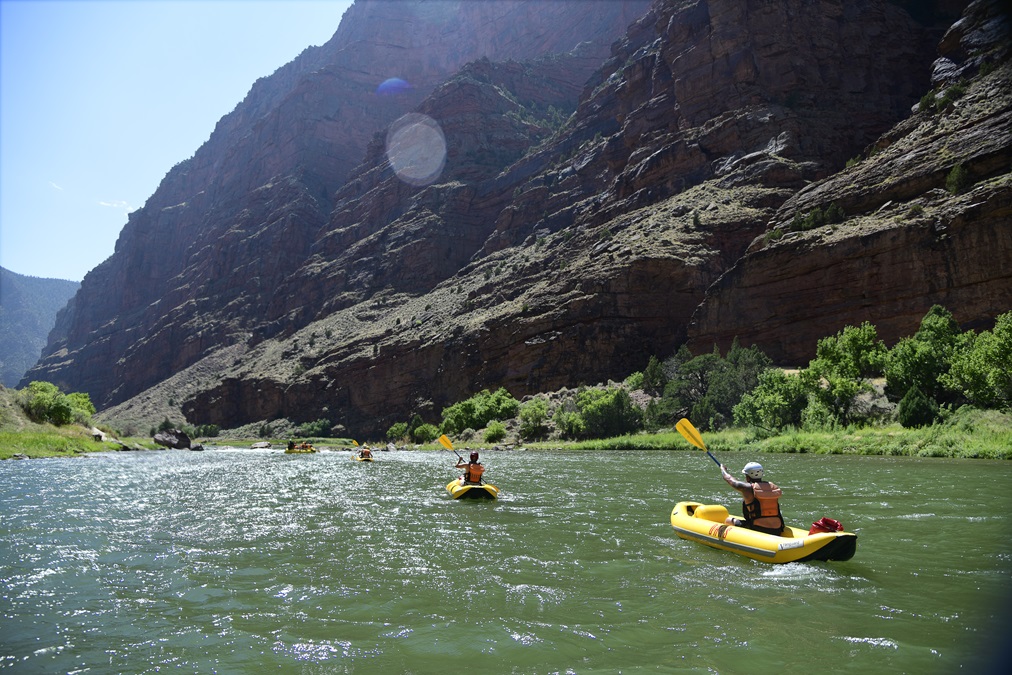
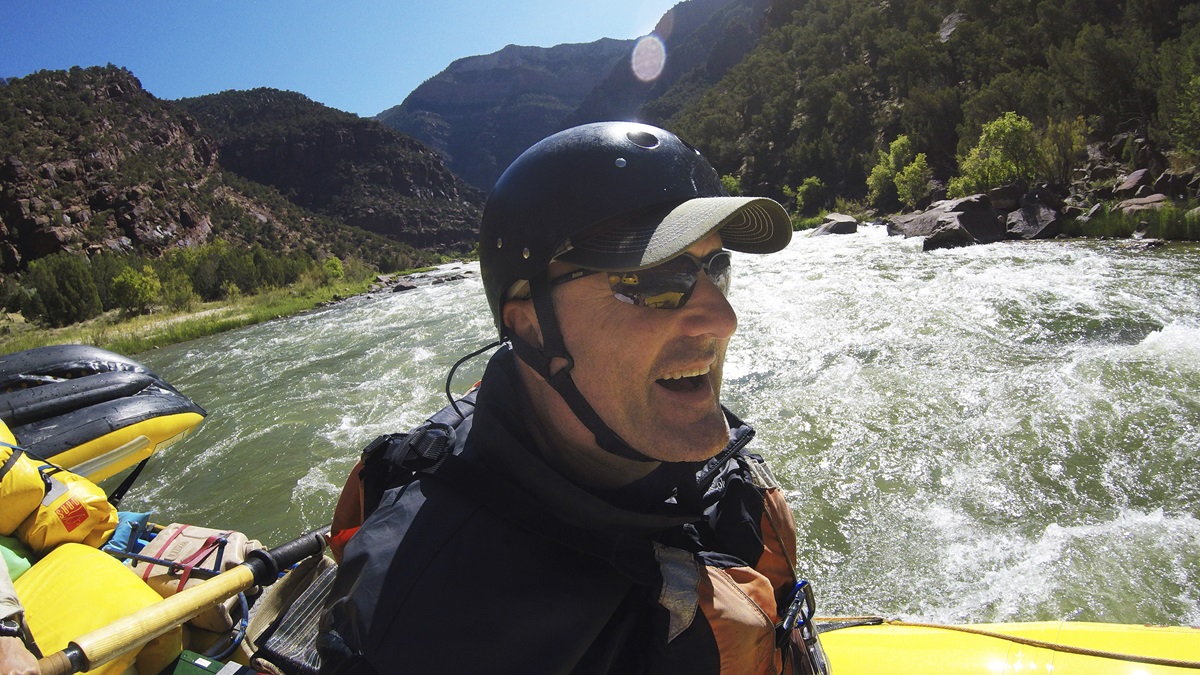



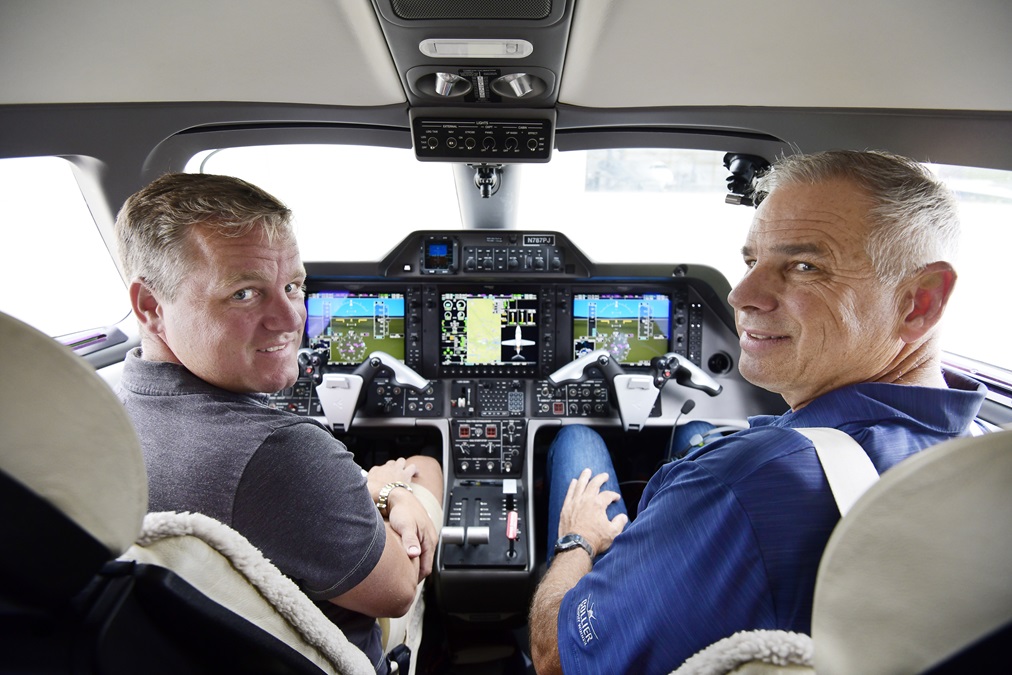

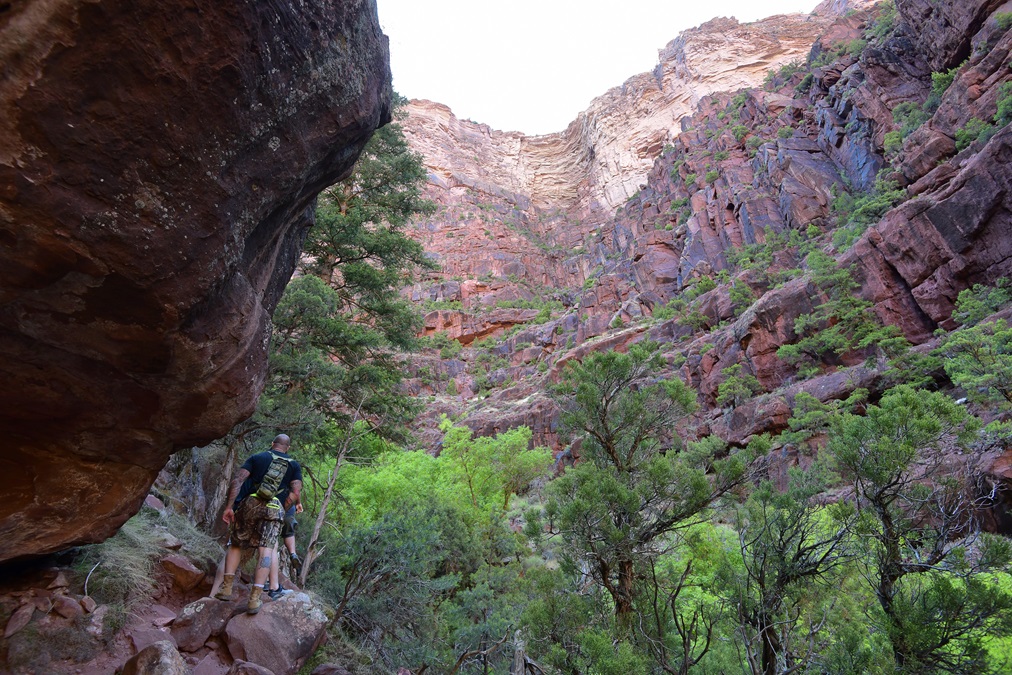
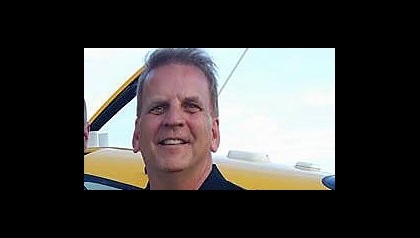 Tim Valentine, who arranged and funded the Green River rafting trip before his death, was larger than life to anyone who met him, according to his best friends Michael Hall and Mark Larkin.
Tim Valentine, who arranged and funded the Green River rafting trip before his death, was larger than life to anyone who met him, according to his best friends Michael Hall and Mark Larkin.

